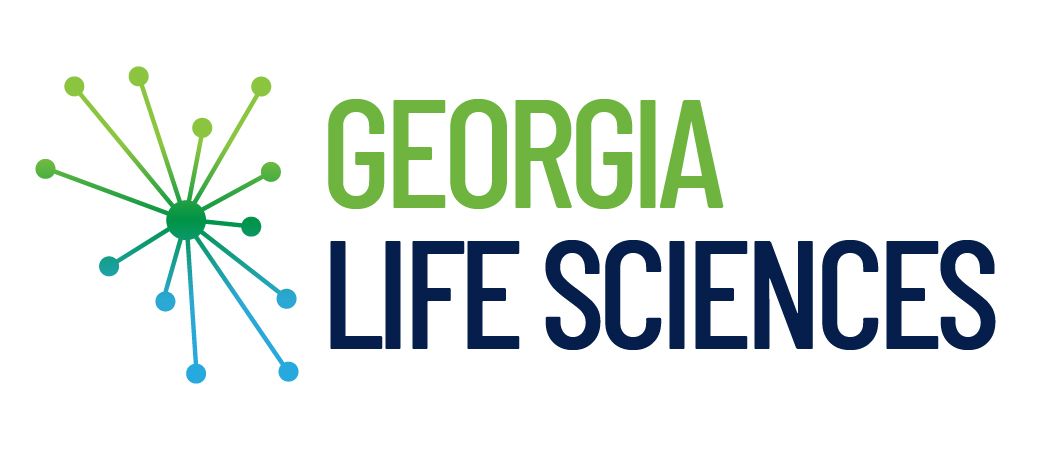CoreRx, Societal CDMO, and Bend Bioscience Unite Under the Bend Bioscience Brand to Provide World Class CDMO offering
BEND, Ore., Sept. 4, 2024 /PRNewswire/ -- In a significant move, CoreRx, Societal CDMO, and Bend Bioscience have announced their unification under the Bend Bioscience brand. This merger brings together three highly respected organizations, each with a unique legacy and distinct strengths, to form a comprehensive contract development and manufacturing organization (CDMO) that offers an end-to-end suite of services.
The decision to adopt the Bend Bioscience name reflects the company's commitment to innovation, technical excellence and unmatched customer service; a reputation established by Bend Bioscience since its inception. However, this unification equally honors the rich legacies of CoreRx and Societal CDMO, whose contributions and expertise will be foundational to the new brand.
CoreRx has long been recognized for its innovation in formulation development, providing customized, cutting-edge solutions that address some of the most complex challenges in drug development. Their specialized knowledge in the creation of innovative drug delivery systems and complex formulations will continue to be a critical component of Bend Bioscience's expanded service offerings.
Societal CDMO provides deep expertise in scalable manufacturing and commercial production, with a proven track record of quality and reliability. Their robust capabilities in cGMP manufacturing, packaging, and supply chain management complement the scientific and technical strengths of both CoreRx and Bend Bioscience, allowing the newly combined organization to offer a fully integrated development-to-commercialization pathway for its clients.
Website: https://bendbioscience.com/




